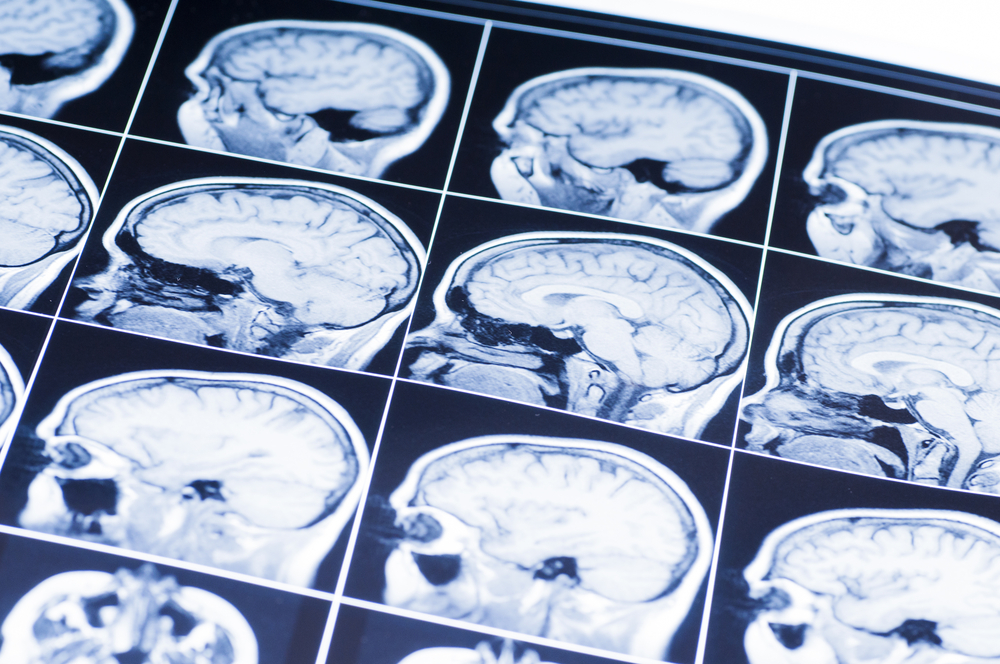
Researchers have pinpointed a group of cells that, if compromised, cause about half of all dementia cases.
A team from the University of Southern California have revealed how a breakdown in the brain’s vascular system predates the accumulation of toxic plaques and tangles in the brain that bring about Alzheimer’s disease.
Approximately 50 percent of all dementias, including Alzheimer’s, begin with the breakdown of the smallest blood vessels in the brain and their protective “gatekeeper cells,” causing a communications failure called small vessel disease.
Many people suffering from small vessel disease also have white matter disease—the wearing away of fatty myelin that allows neurons to transfer messages within the brain network.
The researchers found in an animal model that brain deterioration associated with dementia might start as early as 40 in humans.
For more than 25 years, scientists have known that white matter disease impedes a person’s ability to learn or remember new things, slows thinking and causes people to fall more often due to balance issues. Researchers have identified a link between crippled small blood vessels in the brain and white matter disease, but did not previously know what started the process.
“Many scientists have focused their Alzheimer’s disease research on the buildup of toxic amyloid and tau proteins in the brain, but this study and others from my lab show that the problem starts earlier — with leaky blood vessels in the brain,” Berislav Zlokovic, senior author of the study and holder of the Mary Hayley and Selim Zilkha Chair in Alzheimer’s Disease Research at the Keck School of Medicine, said in a statement.
“The collapse of pericytes—gatekeeper cells that surround the brain’s smallest blood vessels—reduces myelin and white matter structure in the brain,” he added. “Vascular dysfunctions, including blood flow reduction and blood-brain barrier breakdown, kick off white matter disease.”
The researchers explained that pericytes play a crucial role in white matter health and disease through fibrinogen—a protein that circulates in blood and develops blood clots so wounds can heal. When gatekeeper cells are compromised, an unhealthy amount of fibrinogen slinks into the brain and causes white matter and brain structures, including axons and oligodendrocytes to die.
“We demonstrated that controlling fibrinogen levels can, in a mouse model, reverse or slow white matter disease, the harbinger to dementia,” Axel Montagne, an assistant professor of research in physiology and neuroscience at the Zilkha Neurogenetic Institute at the Keck School of Medicine and first author of the study, said in a statement.
The research team found about 50 percent fewer gatekeeper cells and three times more fibrinogen proteins in watershed white matter areas in postmortem Alzheimer’s brains of humans compared to healthy brains. They used a MRI technique on mice and found a 50 percent increase in vessel leakage in mice that were 30-to-48 weeks old—the equivalent of a 70-year old human.
The researchers also found reduced cerebral blood flow and increased accumulation of fibrinogen in the brains of mice deficient in gatekeeper cells.
At 12 to 16 weeks old, the experimental mice had 10 times more fibrinogen in the corpus callosum compared to the control group, the region that is the brain’s central transmit terminal that routes motor, sensory and cognitive information to their final destinations.
To confirm that fibrinogen proteins are toxic to the brain, researchers used an enzyme known to reduce fibrinogen in the blood and brain of mice. White matter volume in mice returned to 90 percent of their normal state, and white matter connections were back to 80 percent productivity, the study found.
“Our study provides proof that targeting fibrinogen and limiting these protein deposits in the brain can reverse or slow white matter disease,” Zlokovic said. “It provides a target for treatment, but more research is needed. We must figure out the right approach.
“Perhaps focusing on strengthening the blood-brain barrier integrity may be an answer because you can’t eliminate fibrinogen from blood in humans. This protein is necessary in the blood. It just happens to be toxic to the brain.”
According to the World Health Organization, dementia affects 50 million people worldwide and costs about $818 billion.




